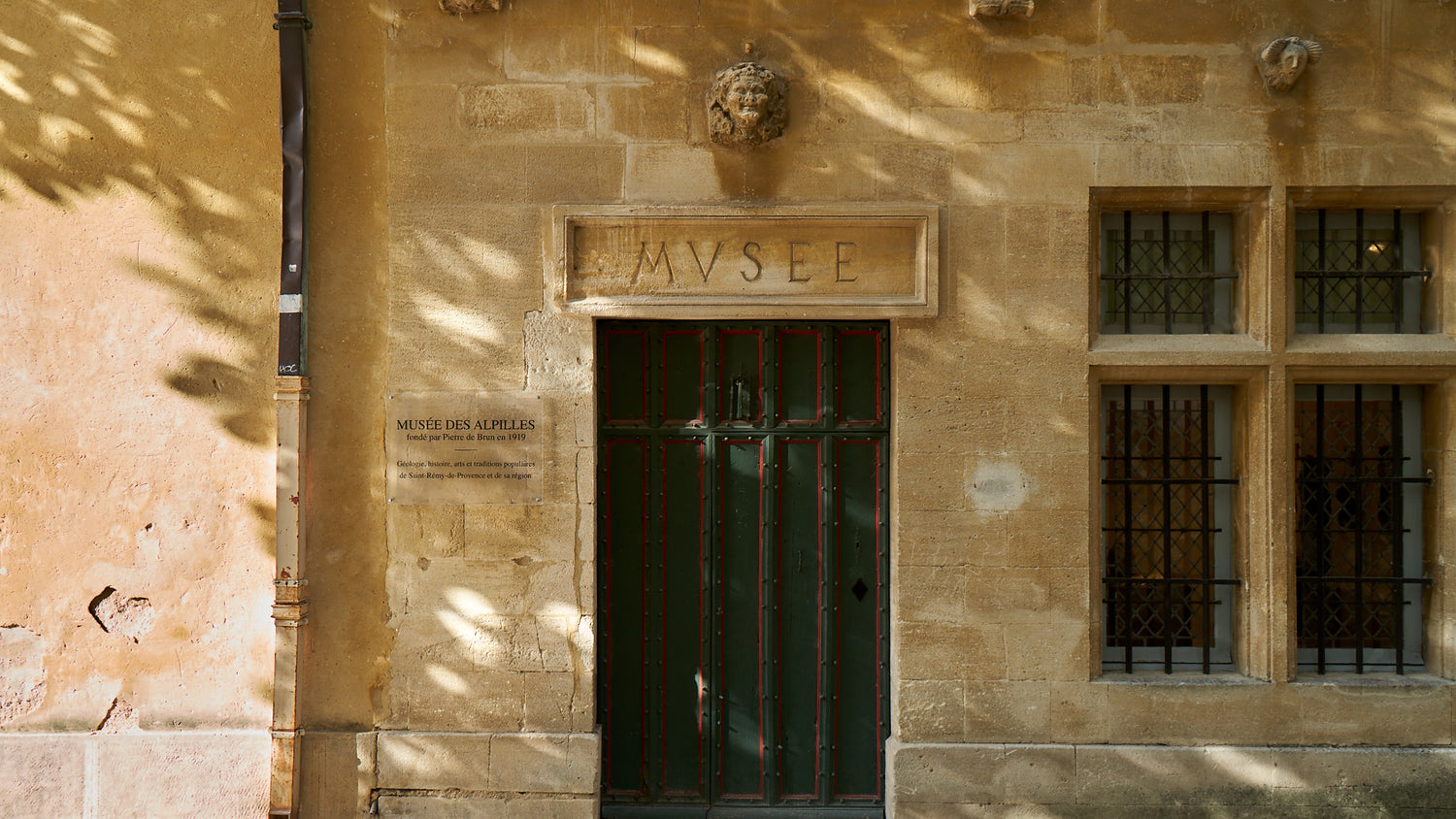
Saint-Rémy-de-Provence is a gem of Provence and one of the oldest villages in France. It is encompassed by field after field of olive groves, many properly ancient trees. The Alpilles mountain range prevails nearby and sets the tone for the magic of the area.

The town is laid out in a circular fashion, the ancient walls the protective encasing of the pedestrian streets within. Enter through the Porte Saint Paul or the Port du Trou and one gets a keen sense of the fortification of the original village.


Just wandering through the entire village is a pleasure. It is small enough everything is to be explored. Saint-Rémy is famous for many important people who lived here, from Nostradamus (his birthplace) to, of course, Van Gogh (full exploration of his time in Saint-Rémy in a forthcoming article).

The Bistro de Marie lies in the heart of the village and is eye candy. Walking past, one feels drawn to take a colorful seat and choose from many classics of the region: a provençale pistou soupe, for example. Sit at one of the outdoor tables and take in the magic of the Saint-Rémy over a meal.



Saint-Rémy is famous for its shops. Meandering through the variety is a real treat. We love Le Grand Magasin, a brocante (antique shop) of sorts - but with the widest variety of fascinations.



Another favorite, and particularly good for gifts, is a shop called PAMPA. Theirs is a selection of artisanal objects from Provence: ceramics, accessories, candles, exceptional pieces of clothing and fabrics, jewelry, baskets - everyday items that are rendered magical.




Saint-Rémy is also home to one of the oldest makers of 'fruit confit:' Lilamand Confiseur. This is a specialty of the region and one that this family has mastered for five generations. Candying fruit is a process that takes a minimum of two months wherein, the flesh of the fruit becomes a candied nectar and the entire fruit is transformed into sugar and then glazed. One will find candied fruit as part of almost any Provençale holiday celebration.


Another great little terrace and spot to dine is La Maison Favier. Situated in one of the most charming squares of the village, grand chestnut trees stretching above and cobblestone below, the menu here is full of seasonal treats fresh from the market.

There are a few museums in Saint-Rémy that require a stop. The Musée des Alpilles features a beautiful collection of 20th c. art. The Musée Estrine was awarded the Living Heritage Prize from the Foundation of France for its restoration (of the building itself - remarkable). The museum is a tribute to Van Gogh's influence on contemporary artists.


Saint-Rémy's true origin lies just outside of what is the heart of the town today. The ruins of Glanum date back to the 6th century BC and this was the original settlement of the town. At this exceptional archeological site, one finds evidence of pre-history. The Glanum settlement reached its pinnacle under Augustus, the first Roman emperor. The sacred spring, ancient temples and fountains are wondrous.




When coming to Provence, one simply cannot miss Saint-Rémy!





